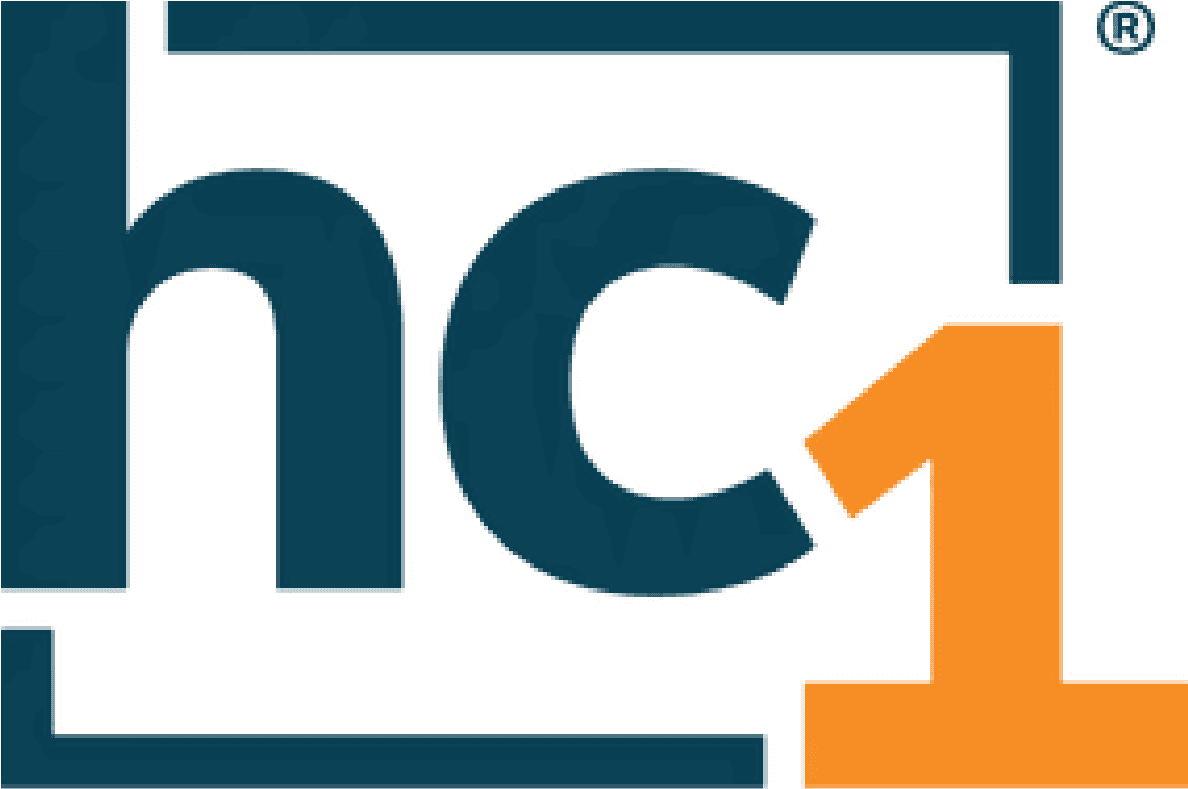April 19, 2023
Way past 5 o’clock at hc1 headquarters the night before the launch, hc1 Director of Client Enablement Maura Lee and hc1 Client Coordinator Alyssa Castille are laughing hysterically, and I’m feeling pretty slaphappy, too. We decide it’s time to stop tinkering with hc1 Academy, the customer education platform project we’ve been working on for months and head home. On launch day, we hosted webinars introducing the revamped platform and received positive responses from customers and internal users. Success! But getting to this point was a challenge.
The hc1 Technology department follows an Agile scrum process to develop software, where each scrum team plans the deliverable work it can accomplish in a two-week timeframe, called a “sprint.” The scrum master leads short daily meetings (stand-ups) to uncover obstacles and keep the team on track. At the end of the sprint, the team shows their work to everyone and then holds a closed meeting, called a retrospective, to openly discuss what went well, what problems occurred and what improvements could be made. This process serves to reduce risk by breaking down bigger projects into smaller tasks and provides the flexibility to incorporate feedback and adapt to changing circumstances.
The hc1 Client Success team’s process in developing the new hc1 Academy was more ad hoc than Agile, but we did borrow the idea of a retrospective to wrap up the project after launch. Here’s what we learned.
Measuring Success
Last year, Maura was looking to strengthen the customer focus of the learning management platform she used to deliver product training:
- Instead of relying on email campaigns, she wanted an interactive webinar registration process, with customers choosing the topics that interested them.
- She wanted to build a certification process to document customers’ level of expertise with the hc1 Platform.
- She wanted to tailor the learning management platform to serve the needs of all customers, from prospects to partners, from seasoned system administrators to new users.
Around the same time, as senior technical writer, I was investigating options to replace the online help platform, because it wasn’t going to be supported for much longer. Also, customers and internal users had provided feedback indicating that finding the information they were looking for was difficult. I wanted the new platform to be more visually appealing and have a variety of ways to boost relevant content to users. I also wanted users to have an easy way to provide feedback on content, so I could make meaningful revisions quicker. Having all client training and customer-facing product documentation in one spot would be more convenient for both hc1 customers and the hc1 Technology team, so Maura and I decided to join forces.
The launch of the new and improved hc1 Academy achieved these defined goals and gained a few unexpected benefits:
- We made our team more resilient. Before this project, Maura and I were the only administrators and subject matter experts for our respective platforms. Now, we, along with Alyssa, can together help maintain content and troubleshoot issues more efficiently.
- We collaborated in new ways. In our day-to-day roles, our team is typically the one helping other teams achieve their goals by documenting, building training for, or communicating with clients about the work being done. This time, we were the ones driving the process, assigning the work and meeting with internal stakeholders. We had to make sure our user interface changes were approved by the product team and assigned to a technology sprint. We tapped into marketing’s design expertise to make sure the new hc1 Academy was both user-friendly and appropriately branded. We recruited coworkers to run through our user testing plans. We gained a new appreciation for the multiple talents throughout hc1.
Facing the Problems
The first few meetings with our learning management platform vendor representatives did not go well. The level of guidance we had anticipated from them was not what they were set up to deliver. After much frustration, we had to pause the project for several months and regroup. When we restarted it, we knew we had to drive the process and be much more specific about what the project needed to make the most of our professional services time.
One important change we made was that we stopped trying to share project management tasks. We put Alyssa in charge of communicating with the vendor, keeping our project meetings on track and following up on issues. This change allowed Maura and me to focus on building content.
In addition to facing the external challenges of working with an outside vendor, the team faced some internal challenges. I knew this project would require me to add to my technical skills because I had to learn how to use the learning management platform. What I wasn’t anticipating was the need to improve my interpersonal skills. I was surprised at my defensiveness when it came to suggestions about how to organize the knowledge base content I had spent years maintaining on my own. I had to step back and remind myself about what the team as a whole was trying to achieve.
Looking Back to Move Forward
hc1 is all about actionable insights, which means that we provide data to our clients in a way that they can easily use it to improve healthcare delivery. Likewise, the value of a retrospective isn’t just to document work—it’s meant to provide a path for continuous improvement.
As anyone who’s responsible for a customer education platform knows, it is a project that never ends. There’s always something that needs to be added, removed or improved upon. But the lessons learned from the recently launched hc1 Academy project have applications for other areas of work our team does as well, such as:
- Making sure we are aligned with our customers. We can’t assume that we have the same expectations or information as they do going into a project.
- Allowing time for learning. Curiosity is one of hc1’s core values for a reason. Every project offers an opportunity to learn something new.
- Documenting our process. No surprise, the tech writer thinks there should be more documentation. But when I was in the throes of doing the work for this project, even I had to remind myself to stop and jot down a note or two about the decisions I was making to share with the rest of the team. Good documentation helps teams function better.
To learn more about how hc1 Executive Director of Client Success, Jennifer Maxwell, helps hc1 customers improve healthcare through actionable insights, attend one of the hc1 presentations at laboratory events this spring and summer.
If you’d like to collaborate with the hc1 Client Success team, check out hc1’s open positions for software engineers.
Finally, if you are an hc1 customer, have you checked out the new hc1 Academy yet? Let us know what you think.
_________________________________________________________________
Heather Stith is the hc1 senior technical writer. Before joining hc1, she edited dozens of nonfiction and how-to books, helping subject matter experts from a variety of fields share their knowledge with readers.












